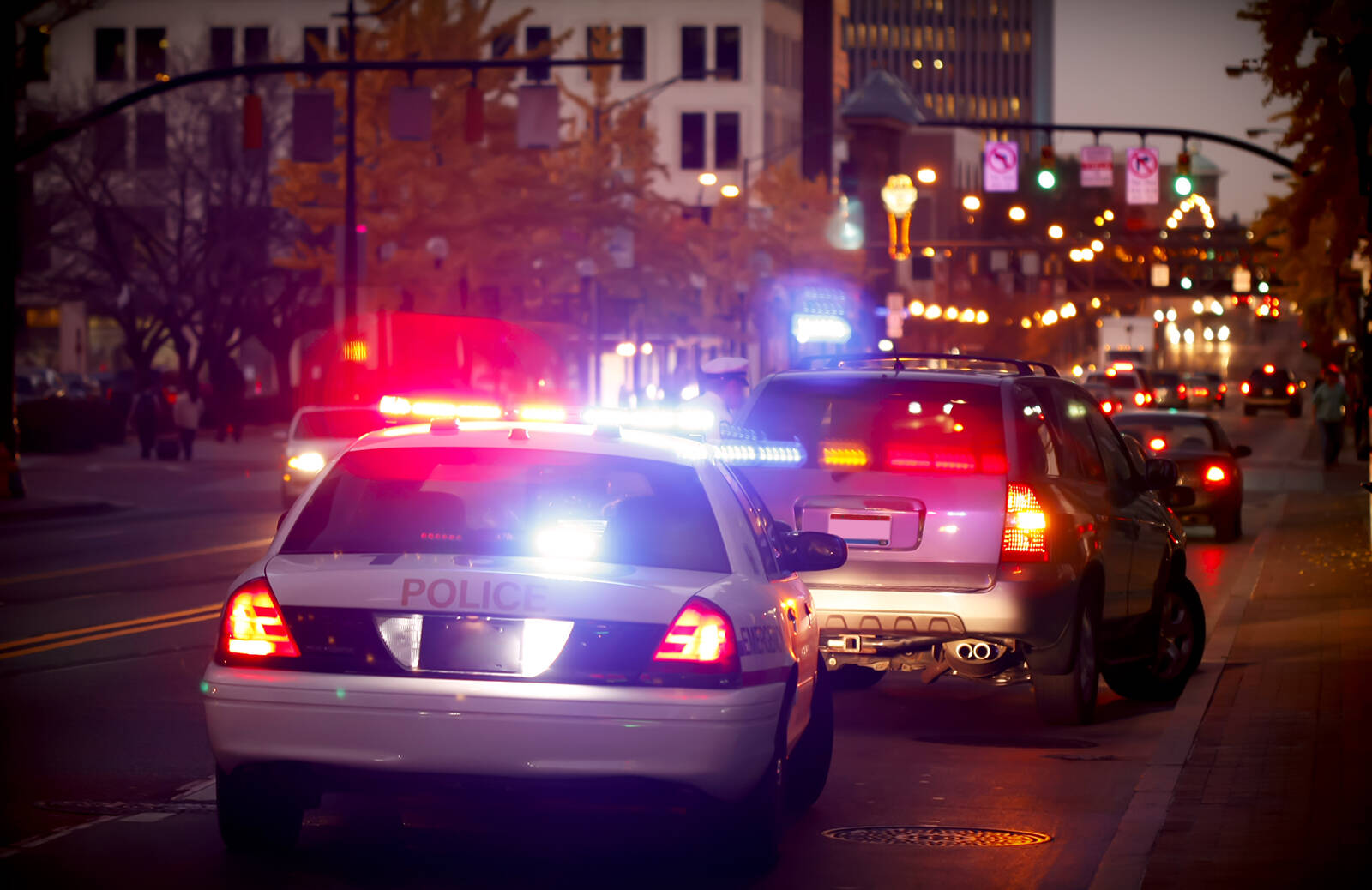More Canadians may be choosing to drive after consuming cannabis, according to new research from the University of British Columbia.
According to UBC research published in the New England Journal of Medicine, THC – the element in cannabis that creates the high – is being detected in twice as many injured drivers since cannabis was legalized in Canada.
The findings may be a signal that more Canadians are choosing to drive after using cannabis, an increase that is concerning, said Dr. Jeffrey Brubacher, associate professor in UBC’s department of emergency medicine and the principal investigator of the study.
“There are serious risks associated with driving after cannabis use. Our findings suggest more is needed to deter this dangerous behaviour in light of legalization.”
Dr. Brubacher and colleagues analyzed blood samples from 4,339 moderately injured drivers who were treated at four B.C. trauma centres between 2013 and 2020.
Before cannabis was legalized, 3.8 per cent of drivers had blood THC concentrations above the Canadian legal driving limit of 2 nanograms/ml. That percentage rose to 8.6 per cent after legalization. The proportion of drivers with higher concentrations of THC (above 5 nanograms/ml) also increased, going from 1.1 per cent pre-legalization to 3.5 per cent afterwards.
The largest increase was among drivers over the age of 50. There were no significant changes in drivers testing positive for alcohol, either alone or in combination with THC.
Upon legalization in 2018, amendments to the Canadian Criminal Code gave police more powers to test drivers for drugs if they reasonably suspect the person to have drugs in their body or to have committed a drug-impaired driving offence. Many provinces followed suit, introducing new penalties, such as fines and driver license suspension, to deter cannabis-impaired driving.
With the evidence suggesting the laws are not enough to stop everyone from driving after using cannabis, Dr. Brubacher said he hoped their findings will be used to design public information and enforcement measures encouraging drivers to separate cannabis use from driving. “At the same time, it is important not to lose sight of alcohol-impaired driving, which is extremely high risk, especially when combined with cannabis,” he said.
Blood THC levels typically peak at upwards of 100 nanograms/ml within 15 minutes of smoking cannabis. Those levels then drop rapidly to less than 2 nanograms/ml within four hours after smoking. After ingesting edible forms of THC, the levels drop to a similarly low concentration after eight hours.
While cannabis use is associated with cognitive deficits and psychomotor impairment, Dr. Brubacher cautions that the presence of THC in the blood is not always an indicator that a collision was caused by cannabis impairment.
In a previous study, Dr. Brubacher and his research team showed little evidence that THC concentrations below 5 nanograms/ml increase the risk of motor vehicle accidents. However, there is evidence that THC levels above 5 nanograms/ml do increase the risk.
“Detecting cannabis, especially at low concentrations, doesn’t necessarily mean a driver is impaired,” said Dr. Brubacher, also a researcher with the Vancouver Coastal Health Research Institute, an emergency physician with Vancouver General Hospital and director of the hospital’s emergency medicine research division. “But the risk is real with higher THC levels, which is why it’s so important that we continue to assess and respond to the impact that legalization is having on road safety.”
Dr. Brubacher’s team is now expanding their research to fifteen trauma centres across Canada, investigating the prevalence of cannabis, alcohol and other impairing substances in injured drivers. They hope those results will shed more light on the issue and help guide national and provincial traffic policy.
Find the latest must-read stories from the cannabis world at canadianevergreen.com, your go-to source for news, trends, products and lifestyle inspiration from the cannabis community and beyond. You can also follow us on Facebook and Instagram and Twitter.

